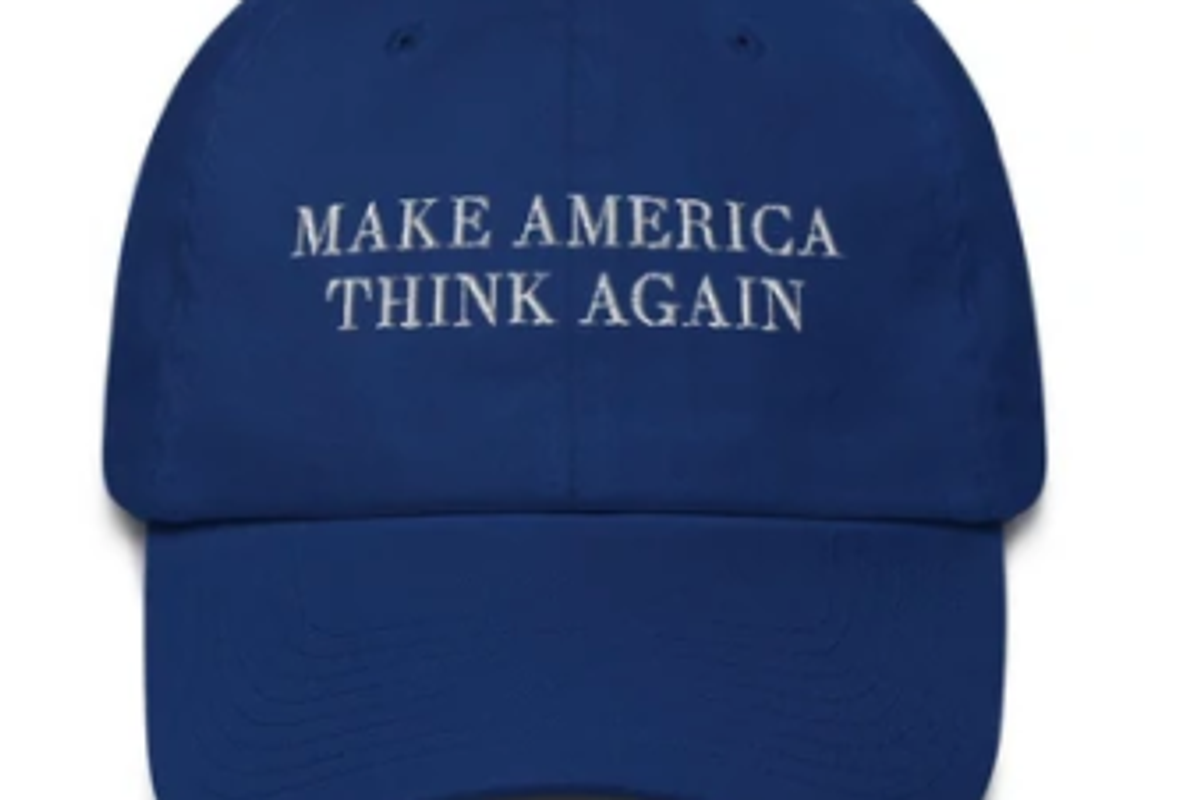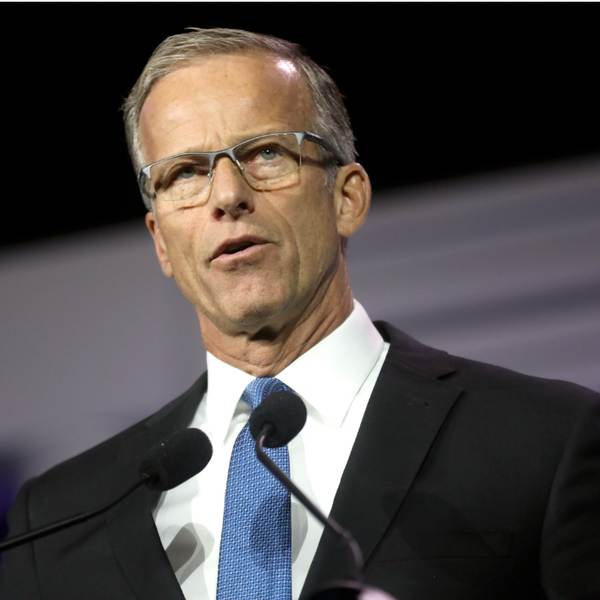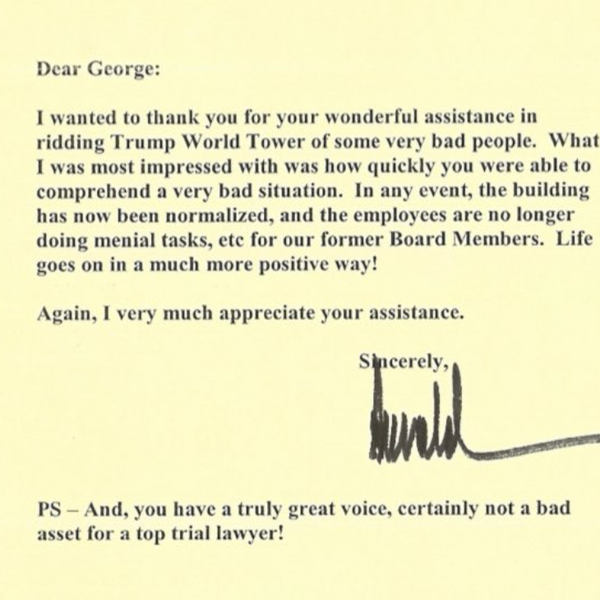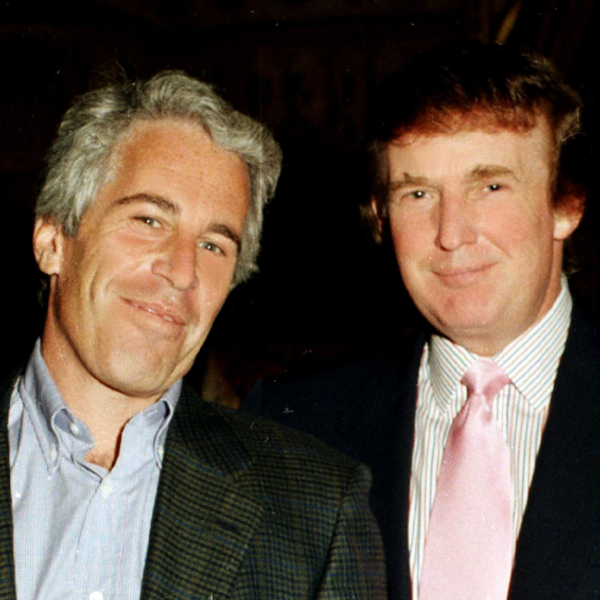Treasury Chief Bessent's Sleazy Smear Of Federal Reserve
Donald Trump did learn something during his 1st term. He learned never to hire anyone who shows the least shred of integrity. You won’t find anyone like Gary Cohn or General Milley in Trump’s second administration. Now he knows to only hire people who are corrupt, bigoted, dishonest, or all three.
And Scott Bessent, the Treasury secretary, clearly satisfies Trump II’s requirements. His recent attacks on the Federal Reserve, part of Trump’s campaign to destroy the Fed’s independence, are vile, underhanded and sleazy. In a better world they would lead to his immediate removal as Treasury secretary.
But before I do a full dissection on Bessent, I want to talk for a minute about someone else: E.J. Antoni, the Heritage Foundation economist Trump plans to install as head of the Bureau of Labor Statistics.
You may recall that Trump fired Erika McEntarfer, the highly respected former BLS head, because he didn’t like the July jobs numbers, which he baselessly claimed were rigged. Since then the numbers have only gotten worse. When Trump chose Antoni as her successor, there were widespread and entirely valid complaints that Antoni was manifestly unqualified for the job.
Yet what we didn’t know was that Antoni has an interesting history on social media. Last week, building on reporting by Wired, CNN reported that
President Donald Trump’s nominee to lead the Bureau of Labor Statistics operated a since-deleted Twitter account that featured sexually degrading attacks on Kamala Harris, derogatory remarks about gay people, conspiracy theories, and crude insults aimed at critics of President Donald Trump.
What’s truly remarkable is that despite this report, betting markets give Antoni a roughly even chance of being confirmed.
Bessent, by contrast, was greeted with accolades when Trump announced his nomination as Treasury Secretary. Having been a somewhat successful money manager, and at one point having managed funds for George Soros, he was treated as the “adult in the room” who would be a safe steward of the financial markets and insulate them from Trump’s axe-swinging tactics. It helped that Bessent looked and performed with suave confidence in front of the cameras.
But now the mask has fallen as we can clearly see Bessent for what he is. Bessent’s recent smear campaign against the Fed shows that he is truly vile, like the rest of the Trump crew, despite the Wall Street polish.
Specifically, last week Bessent published an article titled “The Fed’s ‘Gain of Function’ Monetary Policy” in the Wall Street Journal. Here is how it begins:
As we saw during the Covid pandemic, lab-created experiments can wreak havoc when they escape their confines. Once released, they can’t easily be put back. The “extraordinary” monetary-policy tools unleashed after the 2008 financial crisis have similarly transformed the Federal Reserve’s policy regime, with unpredictable consequences.
The vileness is right there in the headline and the first sentence. It’s immaterial whether you believe that Covid was caused by a lab leak or by natural viral infection from animals. The point is that Bessent began his article by pandering to the conspiracy-theory right by taking a contentious proposition popular in those parts, presenting it as if it were established fact, and then — in a complete non sequitur — associating that theory with his criticism of the Federal Reserve.
Yes, the Fed took extraordinary measures after the financial crisis. It was, after all, responding to the worst economic slump since the Great Depression — a slump that persisted even after emergency policies had ended the initial period of financial free fall. In an attempt to boost the economy the Fed engaged in “quantitative easing” — buying large quantities of long-term U.S. government debt and debt backed by the U.S. government. This was a departure from its usual practice, in which it only buys short-term Treasuries. But it was clearly in pursuit of the Fed’s mission, which is to promote both price stability and full employment.
Bessent, however, would have you believe that the Fed’s attempt to do its job was a dangerous experiment inflicted on the country by power-mad officials, and which had dire consequences. And while some critics did predict dire consequences at the time, they were soon proved to be completely and embarrassingly wrong.
Why did the Fed engage in quantitative easing following the financial crisis?
The bursting of the housing bubble and the financial crisis in 2008 sent the U.S. economy into a deep slump followed by a sluggish recovery. Here’s one measure, the employed share of prime-working-age adults. The shaded area shows the official period of recession, but employment remained severely depressed even after the recession was formally over.
When the economy is depressed, the Fed normally cuts the Fed funds rate, the short-term rate that it controls, by buying short-term Treasuries and injecting liquidity into the banking system. And that’s what it did when America went into recession
But during this episode this strategy ran into limits, because there’s a “zero lower bound” on interest rates. That is, there is a limit to how far the Fed can reduce short-term rates because rates can’t go below zero: investors won’t buy Treasuries with negative yields and will instead just hold cash. The recession caused by the financial crisis was so deep that the Fed hit the zero lower bound in late 2008 and stayed there for years. The graph above shows that, from 2009 to 2016, the Fed funds rate was stuck at virtually zero.
Unfortunately, zero wasn’t low enough to restore anything close to full employment. So what were policymakers supposed to do, as the economy languished?
One answer would have been fiscal stimulus. But due to a combination of timidity and Republican opposition (along with cries about the size of the federal deficit!) the 2009 Obama stimulus was grossly inadequate — which I warned about at the time. Passage by Congress of another round of stimulus was clearly impossible. Given this reality, I guess the Fed could have thrown up its hands and simply accepted the prospect of years of mass unemployment.
Instead, however, it tried to do its job by expanding its toolbox, buying assets whose interest rates weren’t zero. Critics, overwhelmingly from the political right, harshly criticized the Fed. A widely circulated open letter to Ben Bernanke, the Fed chair, warned that asset purchases “risk currency debasement and inflation.” Among those signing the letter was Kevin Hassett, now Trump’s chief economist and possibly the next Fed chair.
But the inflation never came. Here’s the Fed’s preferred measure of underlying inflation since 2010
Inflation ran consistently below the Fed’s target rate of 2 percent until the post-Covid inflation spike, almost a dozen years after quantitative easing began.
So how does Bessent deal with the fact that the critics of quantitative easing were proved completely, decisively wrong? By pretending that the evils they wrongly predicted actually came to pass. Younger and less affluent households, he writes, were “hit hardest by inflation.” What inflation? Inflation didn’t spike until 2021-2022, and that was caused by Covid-induced supply bottlenecks. Bessent is clearly trying to rewrite history to smear the Fed.
There’s much, much more -- some of it positively Orwellian – in Bessent’s WSJ article. For example, Bessent claims that Fed policy “creates the perception that monetary policy is being used to accommodate fiscal needs,” which is pretty rich given that Bessent’s own boss has specifically demanded that the Fed cut rates to reduce the budget deficit.
Last but not least, Bessent claims that the Fed has jeopardized its credibility. Actually, as I’ve noted, the remarkable stability of long-run inflation expectations in the face of post-Covid turmoil shows that the Fed retains enormous credibility with the public.
Finally, this hit piece by Bessent shows why he is so valuable to Trump. In my opinion, unlike virtually all other Trump cabinet members, Bessent isn’t a fool. He’s highly intelligent and well-versed in his area of operation. He understands financial markets. Hence the fact that he willingly smears the Fed by invoking conspiracy-laden tropes and re-writing facts is a window into his character, showing that he isn’t, and never was, worthy of Americans’ trust.
Maybe we should be thankful that he is no longer in the running for Fed Chair.
Paul Krugman is a Nobel Prize-winning economist and former professor at MIT and Princeton who now teaches at the City University of New York's Graduate Center. From 2000 to 2024, he wrote a column for The New York Times. Please consider subscribing to his Substack.
Reprinted with permission from Substack.
Reprinted with permission from Paul Krugman










